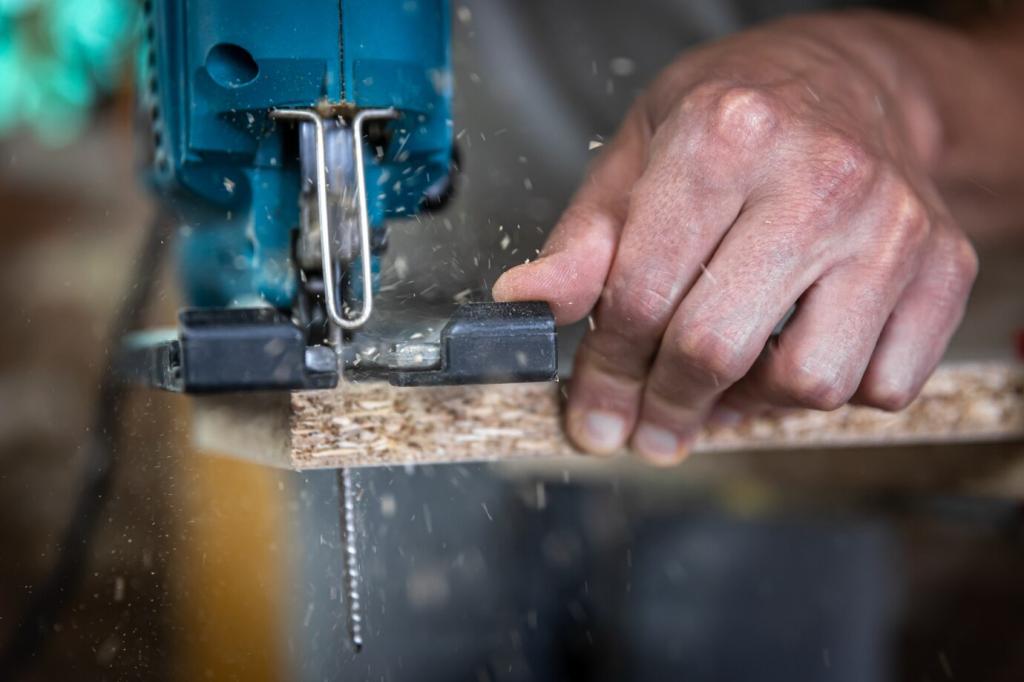Building Tomorrow with Biodegradable Materials
Chosen theme: Biodegradable Building Materials. Step into a future where buildings return gracefully to the earth. Together we’ll explore practical materials, real projects, and smart design moves that make eco-friendly construction feel doable, inspiring, and genuinely life-enhancing. Subscribe and share your ideas—your experience can help shape healthier places for everyone.
What ‘Biodegradable’ Means in Buildings

Biodegradable building materials rely on natural polymers like cellulose, hemicellulose, and lignin, which microbes can break down into water, carbon dioxide, and nutrients. In practice, this means selecting fibers, binders, and additives that remain non-toxic and compost-compatible, avoiding persistent plastics or heavy metals that accumulate. Think agricultural byproducts gently transformed, not petrochemistry locked in place for centuries.



Designing for Durability and Decomposition

Moisture-Smart Assemblies
Biodegradable materials thrive when we manage water. Use generous overhangs, capillary breaks at grade, ventilated rainscreens, and vapor-open layers that allow drying in both directions. Field sensors can help you validate assumptions during the first seasons. Post your favorite hygrothermal modeling tools or sensor setups so readers can track moisture safely and make data-driven refinements.

Reversible Connections and Disassembly
Screws, clamps, timber joinery, and snap-fit cassettes beat permanent adhesives. Clear layer logic—structure, insulation, service cavity, finish—makes deconstruction straightforward when a space changes use. Even labels and digital materials passports help crews know where components belong next. Tell us how you’ve documented assemblies so future dismantlers can reuse, mulch, or compost with minimal guesswork.

Breathable, Compost-Compatible Finishes
Clay plasters, lime renders, casein paints, and plant-based oils maintain vapor openness and avoid toxins that hinder composting. Skip synthetic films that trap moisture; choose finishes repairable with simple tools. If you’ve crafted your own finish recipes, share proportions, pigments, and maintenance intervals. Readers love hearing what actually holds up in kitchens, baths, and busy hallways.
Fire and Thermal Testing Realities
Expect to reference ASTM and EN standards for reaction-to-fire, surface flame spread, and thermal resistance. Plasters, renders, and assembly thickness often drive ratings more than core materials. Share your test reports or summary data, anonymized if necessary, so others can understand how detailing turns bio-based components into safe, code-acceptable systems.
Structural Logic and Hybrid Systems
Most biodegradable insulations pair with timber or light steel frames for structure. Think of the bio-based layer as comfort, acoustics, and carbon storage, while the frame carries loads. Hybrid roofs and walls frequently outperform expectations. If you’ve run finite element models or full-scale mockups, tell us what surprised you—and what convinced skeptical engineers.
Certifications and Paperwork That Persuade
Life Cycle Assessments and Environmental Product Declarations translate values into verifiable data. Health declarations matter too—no added formaldehyde, low VOCs, compostable additives. Create a concise binder for officials with details, test references, and precedents. Share templates or checklists you use to shorten review cycles and earn a faster yes.

A Pop-Up Pavilion That Composted on Purpose
A design studio erected a mycelium-and-timber pavilion for a summer festival, then ceremonially dismantled it. Panels went to a community compost heap; timber reentered a local tool library. The team hosted a public weigh-in to track materials diverted from landfill. Comment if you’ve run a planned deconstruction event—what logistics mattered most on teardown day?

A Farmhouse Wrapped in Hemp–Lime
On a windy site, a family retrofitted stone walls with hemp–lime, instantly smoothing temperature swings and damp smells. Their energy bills dropped, but the bigger win was indoor calm—even during storms. The crew trained local workers, seeding new jobs. If you’ve done rural retrofits, share how you schedule around seasons and curing windows.

Students Built a Straw Studio
Architecture students raised a straw bale studio over two weekends, learning moisture detailing, plaster mixing, and community engagement. The building became a campus hub for climate conversations and hands-on learning. Their open-source drawings now guide similar workshops elsewhere. Post links to your educational builds so others can replicate the curriculum and safety practices.
Your Next Steps and How to Join In
Prototype, Measure, Iterate
Build a test panel, track moisture with inexpensive sensors, and run blower-door tests after installation. Photograph every layer and collect performance notes over seasons. Small experiments reduce risk and teach faster than spreadsheets alone. Tell us your prototype plan, and we’ll feature a few in upcoming posts to inspire others.
Map Your Bio-Based Supply Chain
Call farmers, mycelium growers, composters, and local labs. Confirm feedstock availability, delivery distances, and seasonal windows. The best projects feel local and resilient because the supply chain is visible and trusted. Share contacts willing to collaborate so readers can source responsibly without guesswork or last-minute substitutions.
Join the Conversation and Grow the Movement
Comment with questions, subscribe for project checklists, and nominate your city for a biodegradable build pilot. We welcome data, drawings, and stories—precisely the fuel that accelerates adoption. Together we can build structures that serve beautifully, then return to the soil with gratitude.
